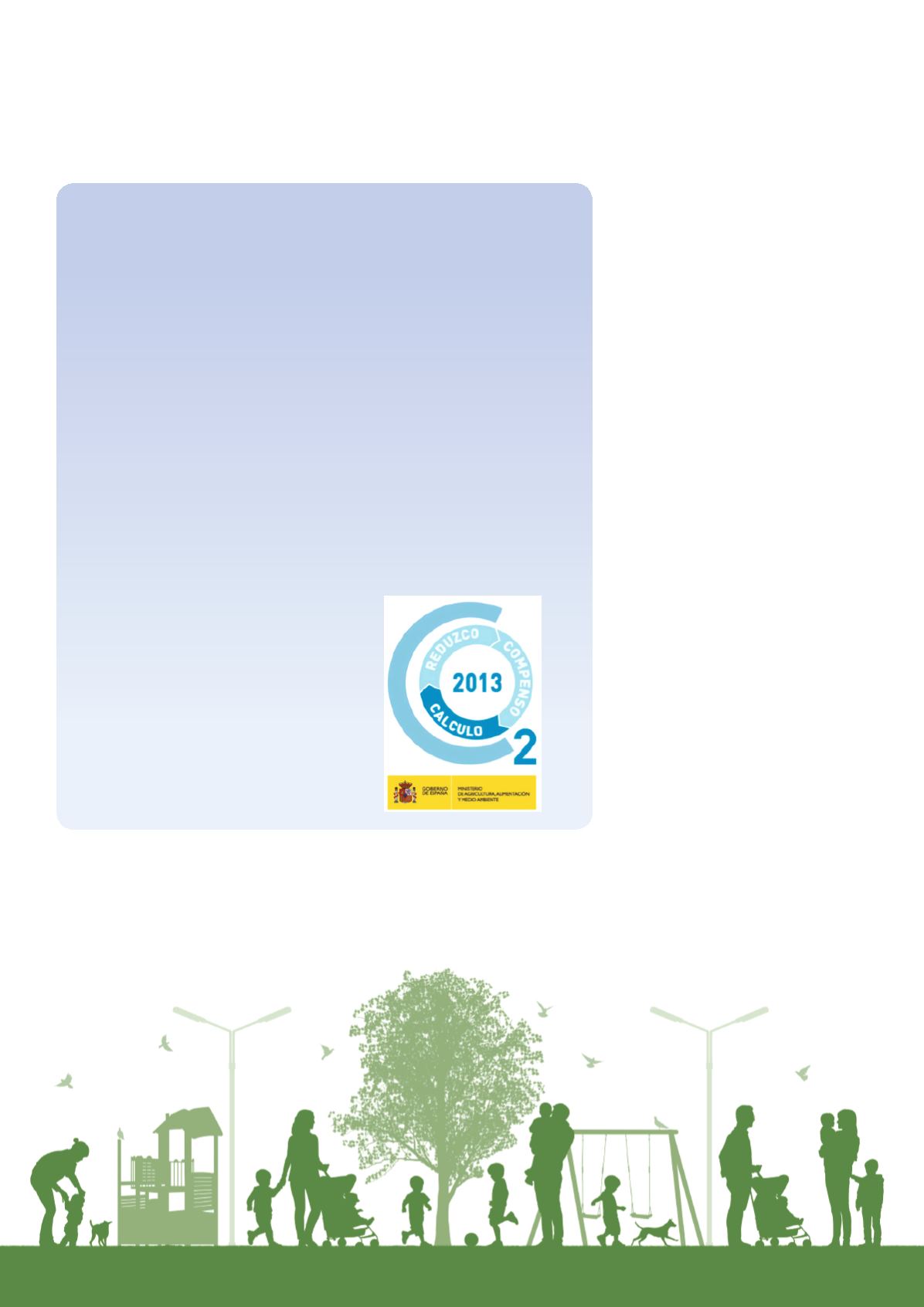

Thanks to all the work being carried out
at FCC’s Environment Division, FCC is
the first company in the industry to re-
cord its carbon footprint, offsetting, and
CO
2
absorption projects in the register of
the Ministry of Agriculture, Food and the
Environment, section a) of the carbon
footprint and commitments to reduce
greenhouse gas emissions.
The commitment acquired by the orga-
nization with the MAGRAMA is to redu-
ce its carbon footprint over the coming
years and, therefore, in order to mark
and to maintain our competitive edge, it
is necessary to:
1.
Offer new services that wager on
efficient environmental manage-
ment.
FCC, the first company in the urban sanitation
industry to record the calculation
of the organizations carbon footprint
2.
Promote the latest in technology
supported with efficient manage-
ment tools.
3.
Identify the good practices that can
serve as an in-house reference,
replicable, and one which enables
us to highlight the most effective
initiatives in the responsible use of
resources and the reduction of GEI.
Acquiring knowledge
the effectiveness of the initiatives under-
taken, we have implemented an annual
traceability and evolution system of key in-
dicators, particularly of those related to the
efficient use of resources.
•
Innovative tools: software for calcu-
lating and monitoring indicators of
environmental intensity or efficiency.
Since 2011, FCC’s Environment Division has
been working on defining and validating ma-
nagement tools more specifically focused on
the fight against climate such as the carbon
footprint or the efficient management of wa-
ter and energy resources and GEI emissions.
Hence, in 2011 we were able to calculate
and verify the organization’s carbon foot-
print in order to arrive at a starting point and
a global image of its contribution to climate
change. This year, we continued to maintain
this system and last May we verified again
the carbon footprint for 2013 and the trend
in the first calculation period (2011-2013).
As a logical consequence and in order to
maintain the coherence among the systems
implemented, we decided to take advantage
of the information and knowledge acquired
globally in connection with the organization’s
carbon footprint so that we could focus on
its various production processes so as to be
able to assess the incidence of each of the
services that we offer in relation to the effi-
cient use of energy and water and the trend
in GEI emissions.
c o n o c i m i e n t o



















